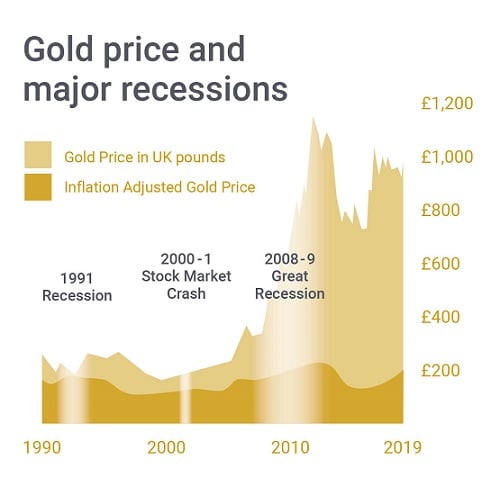China's futures market began today with a split – gold surged while rubber, PTA & PX crashed....
China Futures
Midday trading in Chinese futures saw gains in eggs & precious metals contrasted by sharp declines in...
China's index futures showed a mixed performance midday on April 16th, with larger caps slightly higher but...
China's futures market delivered a mixed performance today, with surges in energy & coking coal battling steep...
Chinese futures saw a mixed midday session. Strong gains in metals & energy were overshadowed by a...
China's index futures saw a significant midday surge, with the CSI 1000 leading the gains with a...







